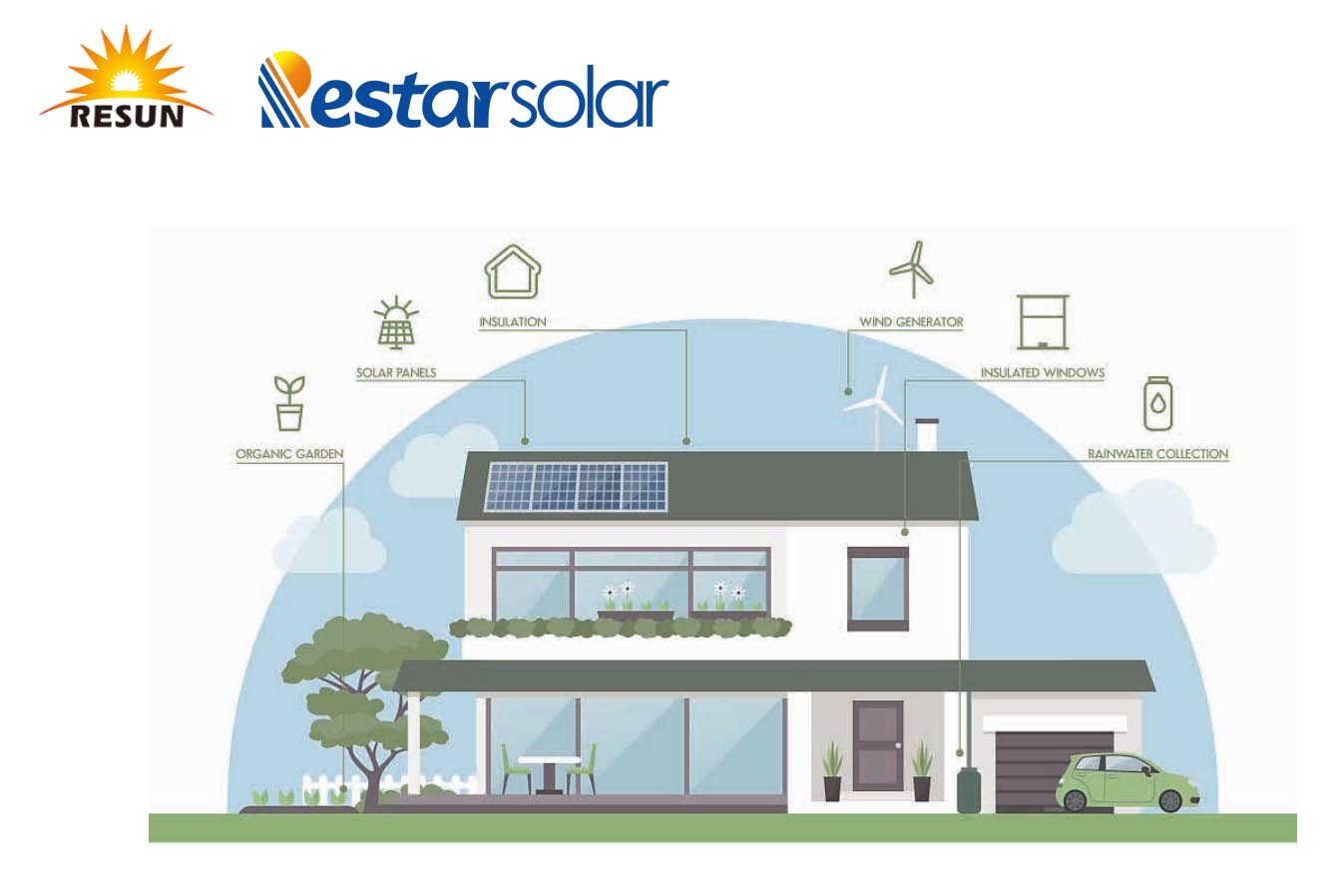Manganese production
Production of manganese metal of aluminum thermal method, electric method and electrolytic method. The aluminothermic method must use high-quality manganese ore as raw material, and consume more aluminum, and the cost is high; the electrothermal process has a long process and the operation is complicated; the electrolysis method can obtain high-purity products by using the lean manganese ore as a raw material, and is widely used.
I. Aluminothermic method
The method uses MnO 2 , MnO 3 , Mn 3 O 4 and MnO as raw materials to carry out a reduction reaction to obtain manganese metal. When MnO is used as a raw material, the amount of heat is insufficient and heat needs to be replenished. When MnO 2 is used as a raw material, the reaction is too intense and difficult to control. Using Mn 2 O 3 and Mn 3 O4 as raw materials, it can release enough heat and is easy to control. In the smelting, manganese oxide ore containing low impurities is used, and after grinding, it is uniformly mixed with aluminum particles of about 90% of the theoretical requirement and lime equivalent to 10% to 20% of aluminum, and then smelted by the upper ignition method. The obtained metal manganese product contains 93% to 96% of manganese, or even higher, and the manganese content varies depending on the raw materials.
Second, electrothermal method
First, manganese ore is added with a small amount of coke in the electric furnace for controlled reduction, and low- iron and low-manganese manganese-rich slag is obtained (Mn>45%, P<0.03%, Fe<0.80%). Manganese-rich slag with charcoal as reducing agent, carbon ferromanganese refining low phosphorus, plus silica, charcoal, to give a high mixing silicomanganese silicon alloy (Si> 30%). Finally, high-silica-manganese-silicon alloy and manganese-rich slag are added with lime, and desiliconization is carried out in an electric arc furnace to obtain manganese metal containing 93% to 97% of manganese.
Third, the electrolysis method
The production of manganese metal is carried out by electrolytic solution of manganese sulfate aqueous solution. Although the electrolytic electromotive force of manganese reaches -1.05 V, manganese can still be precipitated from the neutral solution onto the solid cathode due to the overvoltage of hydrogen on the metal manganese. An important condition for electrolysis is that the solution contains no other metal impurities, so the manganese sulfate solution must be thoroughly purified before electrolysis. Further, Mn 2+ + 2H 2 O-2e → MnO 2 + 4H + is reacted on the anode to produce MnO 2 , so a diaphragm electrolytic cell must be used. The industrial production process of manganese sulfate electrolysis is shown in the figure below.
When using rhodochrosite as a raw material, it can be directly dissolved in dilute sulfuric acid. If manganese oxide ore is used, it must be reduced by calcination to convert manganese into soluble MnO. The leaching generally uses the anolyte after electrolysis, and is added with sulfuric acid to adjust the pH to about 2.5. After the leaching solution is clarified and filtered, it is neutralized with ammonia water, MnO 2 (usable anode mud) or lime milk to a pH of 6.5, and impurities such as iron hydroxide, aluminum hydroxide, silicon dioxide, arsenic , molybdenum and nickel are precipitated. The filtrate is subjected to ammonium sulfide [(NH 4 ) 2 S] or hydrogen sulfide (H 2 S), and the remaining trace amounts of iron, arsenic, copper , zinc , nickel, and the like are reprecipitated and removed. At the same time, a small amount of ferrous sulfate (FeSO 4 ) is added to remove the colloid and sulfide. The purification liquid is introduced into the electrolytic tank through the storage tank. About 0.1 g/L of SO 2 was introduced into the sump and the transfer line to prevent oxidation.
A cathode of the electrolytic cell made of stainless steel, with a lead plate (typically containing Agl%) as the anode. The electrolyte flows through the cathode chamber through the membrane into the anode chamber. The anolyte with MnO 2 flows out of the bottom of the tank. The operating voltage is 5V, the cathode current density is 450-500A/m 2 , the temperature is controlled at 34-37 ° C, and the current efficiency is 50%-60%. The electrolyte concentration in the bath is 135-140 g/L (NH 4 ) 2 SO 4 , 30-40 g/L manganese, and the pH is 8.1-8.4. The off-cylinder electrolyte generally contains about 3 g/L of manganese and H 2 SO 4 of 25-40 g/L. The product removed from the cathode is a 2 to 3 mm piece containing more than 99.9% manganese. Electrolytic manganese can be used directly as an alloying additive, or it can be heated to 1000 ° C in a nitrogen stream to obtain 6% to 7% of manganese containing nitrogen, which is used for smelting high-nitrogen steel; Used to manufacture aluminum alloys.
Mini Solar Panel is a robust Solar Module with 18, 36 and 72 solar cells. These modules can be used for off-grid solar applications. Our meticulous design and production techniques ensure a high-yield,long-term performance for every module produced. Our rigorous quality control and in house testing facilities guarantee Resun Solar`s modules meet the highest quality standards possible.
The solar panels are 12 years Product Warranty (Material and Workmanship) and 30 years Linear Power Warranty ( Transferable power output warranty :10 years/90% ; 25 years /80%).

Mini Poly Panel,Mini Mono Panel,Solar power,Solar rooftop,Solar project,solar system
Resun Solar Energy Co., Ltd. , https://www.resunsolargroup.com
